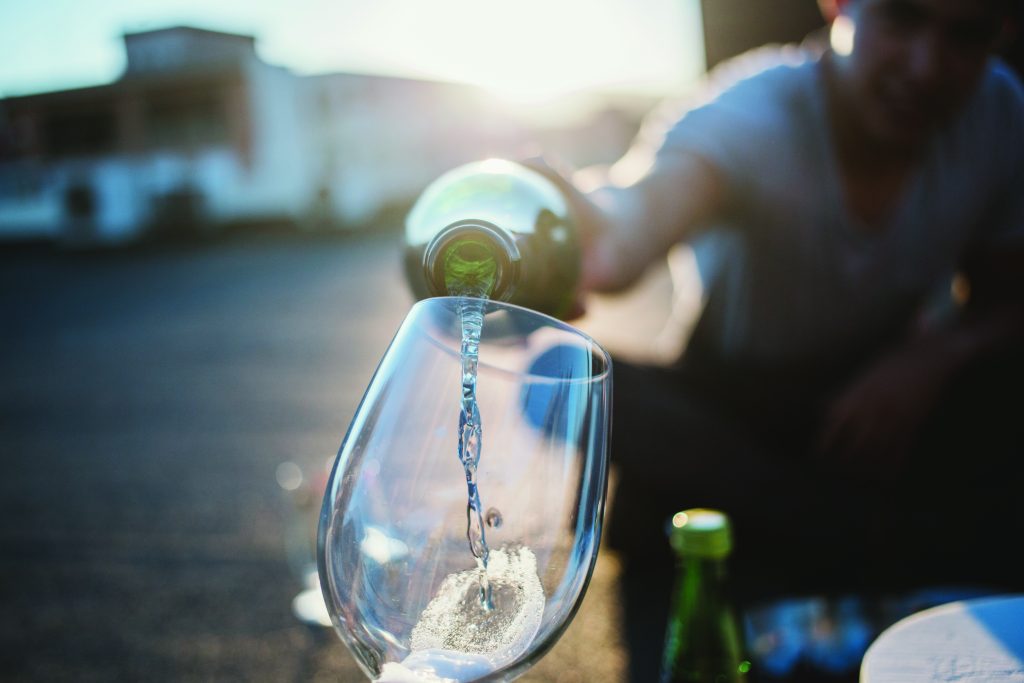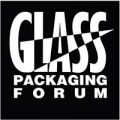FAQs
- The purpose of regulation is to recover and recycle higher rates of recyclable material, minimise environmental harm and ensure that everyone in industry is playing their part in funding solutions.
- New Zealand currently has a voluntary product stewardship scheme operated by the Glass Packaging Forum (GPF) and recovers 75% of container glass, but the GPF believes that with a regulated scheme we can do better.
- Norway for example has a regulated scheme fully funded by industry that recovers 93% of container glass, mainly through kerbside collection.
- The proposed Container Return Scheme (CRS) is one form of product stewardship which aims to help increase recycling rates for beverage containers by incentivising Kiwis to return them to a collection facility for recycling. Each time a consumer drops off their beverage containers, they will receive a small refund back per container.
-
EPR stands for Extended Producer Responsibility. Like other forms of regulated product stewardship, it is funded by a fee paid by industry and could use a range of collection methods.
In this case the modelling by Grant Thornton shows that an EPR which optimises the existing collection network and uses a hub and spoke model would lead to higher recycling rates and lower emissions than including glass in a CRS, and be more cost effective for business and consumers.
The EPR would include all container glass, and you would still be able to put it in your kerbside recycling bin.
Both a CRS and an EPR would be funded by a fee producers would pay on their glass.
Although there is a deposit/refund mechanism for consumers in a CRS, in both cases there is still a cost which will most likely be passed on to consumers.
-
Some countries do use CRSs. Many have them for plastic and metal beverage containers only and exclude glass. England and Northern Ireland are excluding glass from their CRSs so that they can reduce emissions from glass more effectively.
Many European countries with high glass recycling rates use an EPR system for glass, even if they use a CRS system for other materials.
-
Emissions from glass recycling come mainly from the chemical process of melting raw materials in the furnace and using a lot of energy to do it.
When you use a higher percentage of existing glass, and can melt it at a lower temperature, you can reduce emissions.
This relies on having high quality colour sorted glass, which can best be achieved through kerbside collection.
-
The backbone of Grant Thornton’s proposed system would still be kerbside and the existing community recycling network, but there will be drop-off points for glass in rural areas and for hospitality.
- The focus would be on collecting glass separately, so that it can be colour separated at source, leading to higher quality glass that can reduce emissions.
-
While operating a reusable programme is not within the scope of the CRS or the Grant Thornton scheme design, there are a couple of key ways the EPR scheme proposes to encourage their use.
One is a proposed 85% lower fee on glass that is part of a reuse scheme, the other is to progressively increase the fee on beer and cider in hospitality settings, incentivising higher utilisation of keg systems and other reusable packaging.
They would be part of the scheme Grant Thornton have designed. Non-beverage containers like jam jars and pasta jars are not part of CRS, which would split glass collection – beverage containers in a CRS, everything else in kerbside.
-
A CRS is not the best way to recycle more glass or reduce emissions from glass. The CRS is a one size fits all approach for beverage containers regardless of material type.
Glass has different challenges to other materials. Grant Thornton’s modelling shows that for glass, a better recycling rate and more emissions reduction would be achieved through an Extended Producer Responsibility scheme.
- Those involved in beverage containers made of other materials will need to make their own decisions about the best way to achieve better outcomes for those materials.

